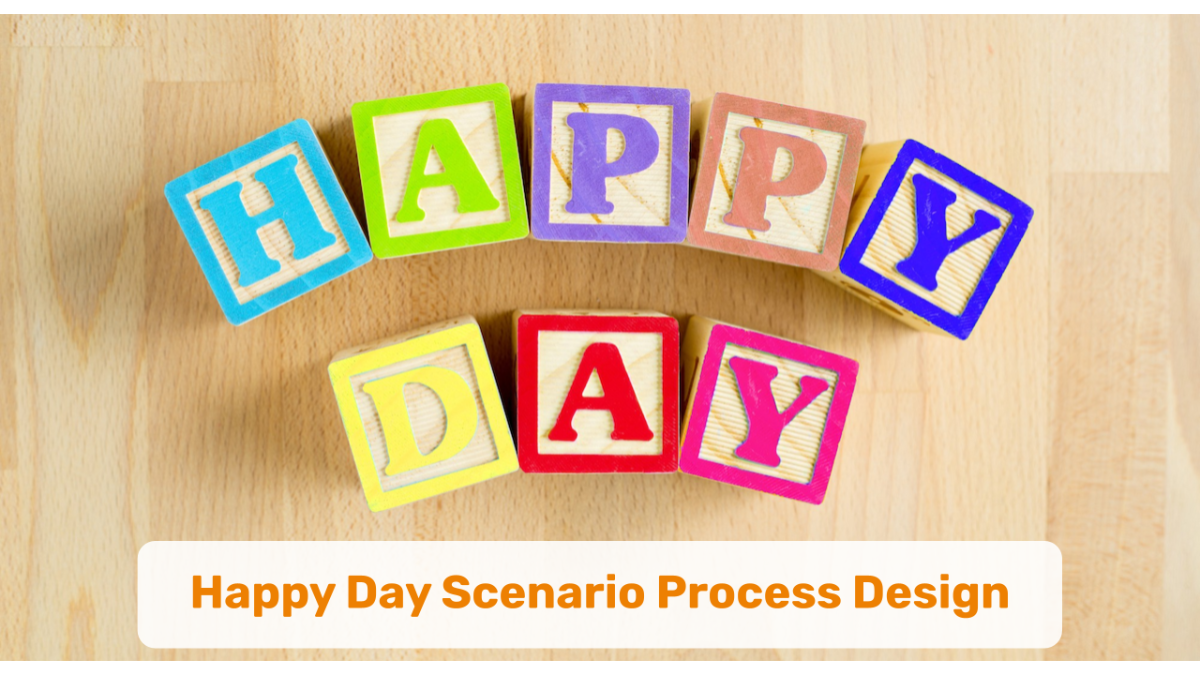Most if not all of Healthcare Delivery is a series of interconnected processes. From diagnosis to treatment, from prescriptions to incisions, from dressings to blessings — every part of the care experience is process driven.
Sunday, Monday…Happy Days?
Main Success Scenario
Happy Day Scenario








Stop Making Success so Difficult to Achieve
The first benefit is that most individuals and teams that set out to design or redesign a process inevitably will quickly delve into all the things that can go wrong. It happens even to the most optimistic of us and it is worse for the highly creative.
What this approach yields is a process that is riddled with safeguards and countermeasures for the 1 out of 100 chance that under certain circumstances something could go wrong. In order to prevent an undesirable outcome once, you have to jump through hoops 99 times.
Secondly, most of the creative energy and time is spent focusing on all the things that could go wrong, rather than on designing the ideal experience, the Happy Day Scenario, when everything goes as planned (as it should, typically).
Now, granted, when the consequences of failure are catastrophic, we better safeguard against it (e.g., putting on a seatbelt every time you drive, though you may never need it).
But to require people to perform an extra step all the time is not only frustrating, but also highly inefficient.
Focus on Alternate Scenarios Systematically
So rather than starting with everything that could go wrong, you and your team should first focus your energy and creativity on designing the best possible process, the best possible experience — for clinicians, staff, and patients when it comes to healthcare delivery process design: Design the “Happy Day Scenario”, what should happen 80%, 90% of the time when things go as planned, optimized for the experience and the outcomes.
After you’ve defined and optimized the Happy Day Scenario you can — and this is the second benefit — go through each and every step of that scenario to identify what, under reasonable circumstances, could go wrong in each step.
For each “wrong” you can then systematically define the best “alternate scenario” (that still allows the user to accomplish their goal) or the best “exception scenario” (that prevents further damage and allows the gracious completion of the process).
As I said above — when teams design a process by starting with what could go wrong, they lose sight of the ideal scenario, expend most of their energy on alternate scenarios, and they may still miss something because without a Happy Day Scenario they cannot systematically verify that they thought of each and every step.
Happy Days Are Here Again
Once you see healthcare as an intricate system of dozens and dozens of processes and once you focus on redesigning existing processes and designing new processes (like for telehealth or digital health) using a Happy Day Scenario first approach, I am sure it will put a smile on your face and, most importantly, a smile on the faces of the patients, providers and support staff.
What is your Happy Day Scenario?










To receive articles like these in your Inbox every week, you can subscribe to Christian’s Telehealth Tuesday Newsletter.
Christian Milaster and his team optimize Telehealth Services for health systems and physician practices. Christian is the Founder and President of Ingenium Digital Health Advisors where he and his expert consortium partner with healthcare leaders to enable the delivery of extraordinary care.
Contact Christian by phone or text at 657-464-3648, via email, or video chat.






